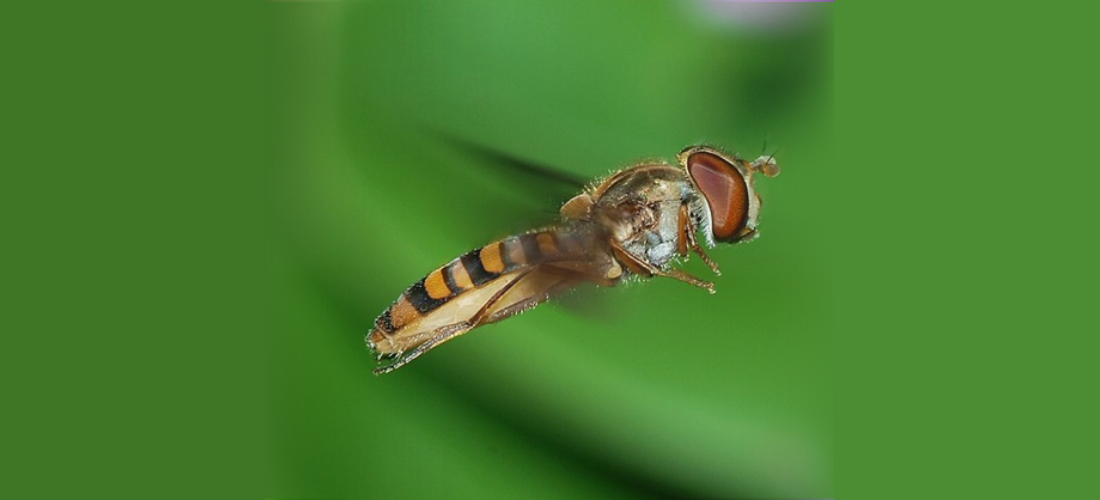-
Mastering the Depths: The Critical Role of Test and Evaluation in Submarine Operations
30 Sep 2024
-
Delivering next generation assured and resilient PNT capability for complex weapons and guided munitions
29 Jul 2024
-
Assured Position, Navigation and Timing - "Are we there yet?"
18 Jul 2024
-
AUKUS through a Test and Evaluation Lens
18 Jul 2024
-
Webinar - Low-Carbon Warfare: Fact or Fantasy?
07 Jun 2024
Learning from the Hoverfly improves drone detection
27/07/2022

The hoverfly’s visual system is well adapted to locating targets in low light environments. The insect works constantly to pick out useful visual information from a lot of confusing noise, and as a result, their photoreceptor systems have become extremely effective at taking complex, cluttered and noisy feeds of information, and boosting the signal-to-noise ratio to make useful bits ‘jump out’.
By developing an algorithm based on the hoverfly’s visual system, the research team have managed to successfully reverse engineer it and apply it to audio. This has enabled them to detect drones’ acoustic signatures from almost four kilometres away.
The team claim that their trials using the bio-inspired signal processing techniques show up to a 49 per cent better detection rate than existing methods. Furthermore, they stress the importance of long distance drone detection for both commercial and military use cases. To quote one of the lead researchers: “The impact of UAVs in modern warfare is also becoming evident during the war in Ukraine, so keeping on top of their location is actually in the national interest. Our research aims to extend the detection range considerably as the use of drones increases in the civilian and military space.”
By developing an algorithm based on the hoverfly’s visual system, the research team have managed to successfully reverse engineer it and apply it to audio. This has enabled them to detect drones’ acoustic signatures from almost four kilometres away.
The team claim that their trials using the bio-inspired signal processing techniques show up to a 49 per cent better detection rate than existing methods. Furthermore, they stress the importance of long distance drone detection for both commercial and military use cases. To quote one of the lead researchers: “The impact of UAVs in modern warfare is also becoming evident during the war in Ukraine, so keeping on top of their location is actually in the national interest. Our research aims to extend the detection range considerably as the use of drones increases in the civilian and military space.”
Estimated time to maturity: 2 to 5 years
Source: University of South Australia